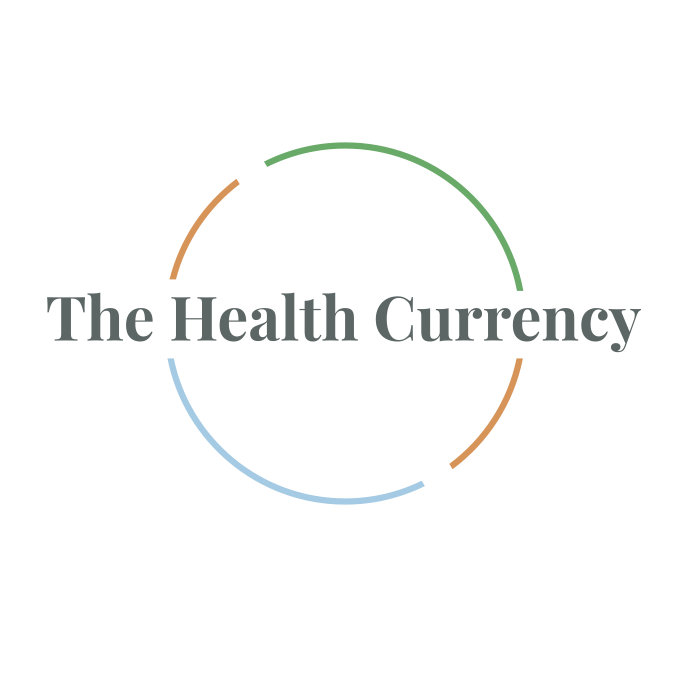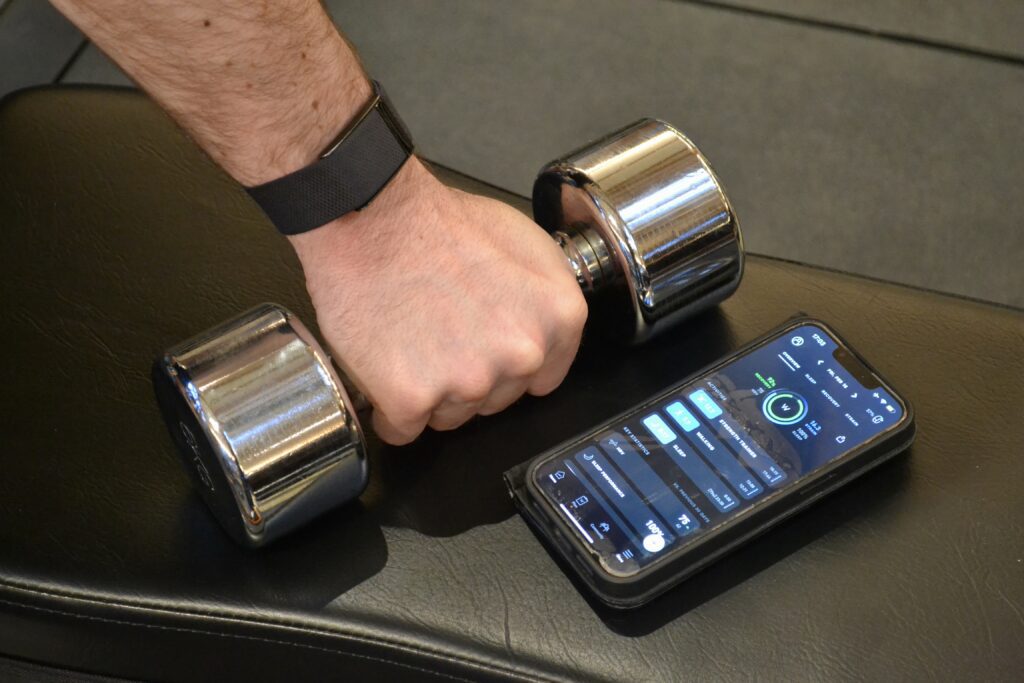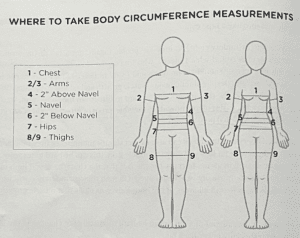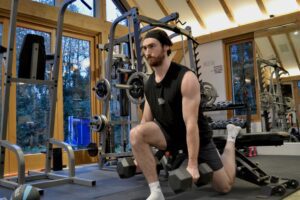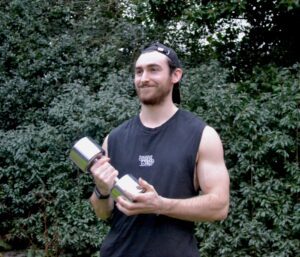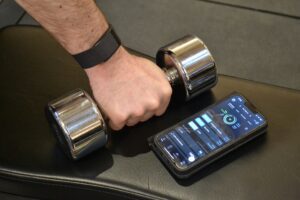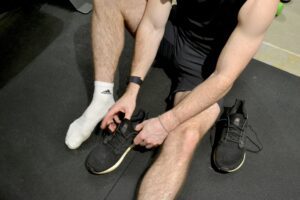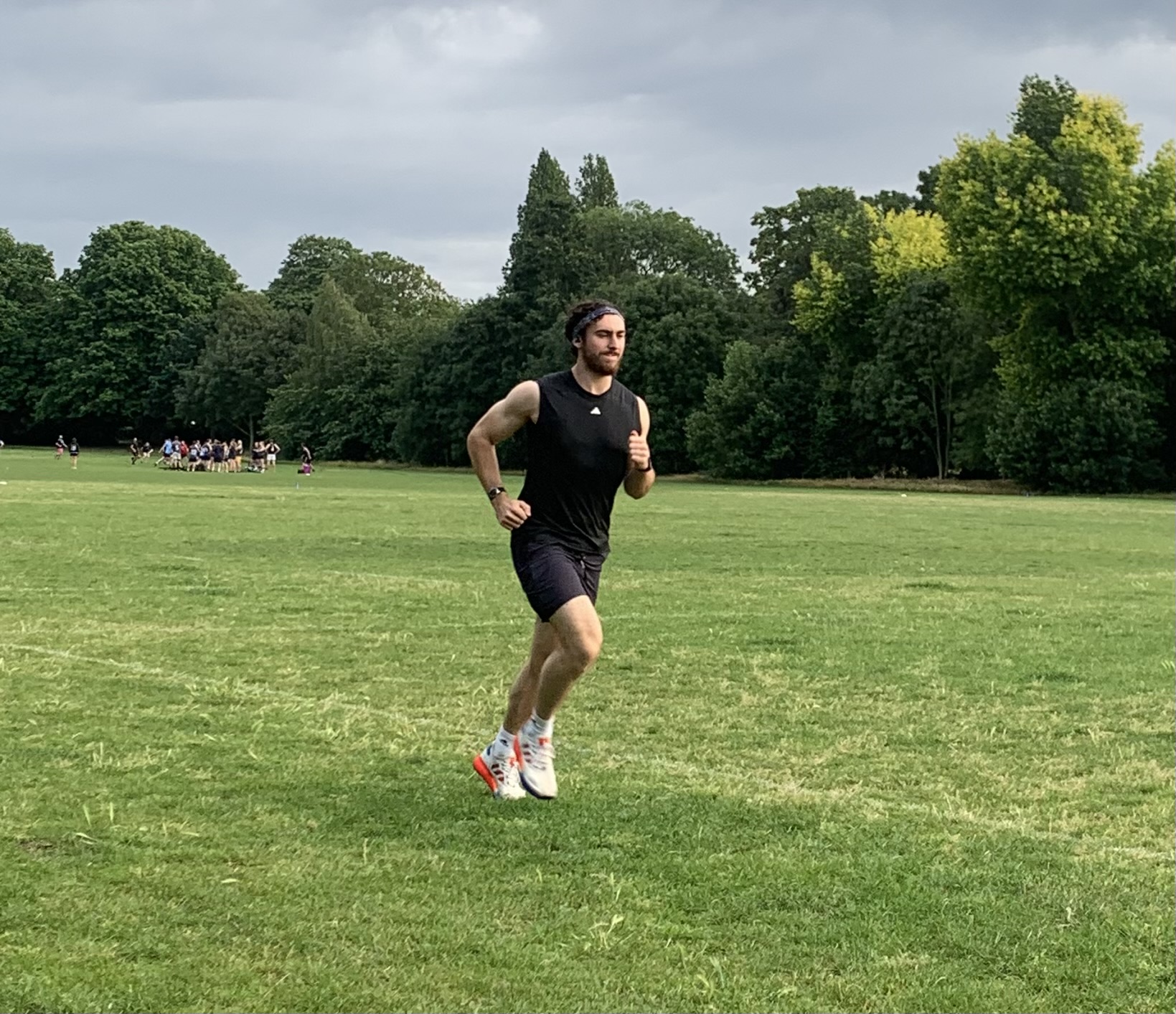Using WHOOP To Measure Holiday Recovery Trends
Back in July last year, I took a week off work and tracked my recovery scores on my WHOOP throughout the week. I’d been working pretty flat out in the lead up to the trip, so was interested to see how my body would recover (in WHOOP terms) as the week progressed. It’s worth mentioning that this was a pretty relaxing holiday, that didn’t involve a great deal of stressful travel. We spent a lot of the time chilling on the beaches in Ischia and Procida, eating delicious Italian food. I think that may be the first time I’ve even eaten 4 pizzas in a week, looking back at it (delicious). As planned, I also took a deliberate week off lifting any weights, and limited exercise to stretching, walking and swimming in the sea. We also didn’t go crazy on the cocktails, but had the odd beer or glass of wine and generally didn’t watch what we ate at all!
How Does WHOOP Measure Recovery?
WHOOP incorporates several key physiological metrics in your daily recovery score: Heart Rate Variability (HRV), Resting Heart Rate (RHR), Sleep Performance and Respiratory Rate.
-
Heart Rate Variability (HRV): is literally the variance of time between your heart beats. HRV is a benchmark of your automatic nervous system that is very useful for monitoring everyday physical fitness.
-
A lower Resting Heart Rate (RHR) is a sign that your heart doesn’t need to work as hard to pump blood throughout your body.
-
Sleep Performance is the amount of sleep you get vs the amount of sleep your body needs. Your sleep needs are calculated based on how strenuous your activity levels have been that day.
-
Finally, Respiratory Rate is the number of breaths you take per minute.
All of these metrics combined give you a recovery score out of 100. Anything from 67-99% means you’re in the Green and that you’re body is primed to perform or handle a strenuous day ahead. Anything from 34-66% means you’re in the Yellow, indicating your body is ready to take on moderate amounts of strain, but probably not primed for peak performance. Anything from 1-33% means you’re in the Red and rest or active recovery is what you’re body needs to get you back on track. If you’ve had any late nights out recently that involve a lot of drinking, this is where you’ll find yourself.
Lets take a look at my recovery metrics throughout the week (16th – 22nd July).
Recovery
-
16th = 80% (Green)
-
17th = 55% (Yellow)
-
18th = 41% (Yellow)
-
19th = 74% (Green)
-
20th = 86% (Green)
-
21st = 97% (Green)
-
22nd = 98% (Green)
HRV
-
16th = 84 ms
-
17th = 69 ms
-
18th = 63 ms
-
19th = 77 ms
-
20th = 86 ms
-
21st = 97 ms
-
22nd = 129 ms
RHR
-
16th = 47 bpm
-
17th = 50 bpm
-
18th = 51 bpm
-
19th = 47 bpm
-
20th = 46 bpm
-
21st = 46 bpm
-
22nd = 42 bpm
Respiratory Rate
-
16th = 15.1 rpm
-
17th = 16.0 rpm
-
18th = 15.3 rpm
-
19th = 15.0 rpm
-
20th = 15.2 rpm
-
21st = 14.3 rpm
-
22nd = 14.4 rpm
What Do These Results Show?
Firstly, these 55% and 41% recovery scores during the 17th and 18th highlight the impact of travel on recovery. We arrived very late into Naples around 1am on the Monday (17th), and this was reflected in my recovery scores. You can also see the lingering travel fatigue from our journey on the Tuesday too (41%). Built up stress and anxiety from the journey, the change in daily routine, and dehydration from the flight can all contribute towards this travel fatigue, which tends to last for only a day or so (assuming there aren’t major time differences causing jet lag). This is one reason why home teams tend to have an advantage over travelling opponents in professional sport, as they are spared the stress of travel. In a 2016 case study, WHOOP tracked the Recovery of one member of a professional sports team that travelled frequently throughout the U.S. On average, his recoveries were 16% higher in the morning after home games than when his team played on the road. Both these results, suggest that travel (and in particular stressful travel experiences) can be taxing on both sleep and recovery.
March to August Average Scores:
-
Recovery = 59% (Yellow)
-
HRV = 64 ms
-
RHR = 53 bpm
-
Respiratory Rate = 15 rpm
Post the travel fatigue window, my recovery scores all trend in a positive direction. Recovery increases from 74% to 98% from the 19th to 22nd. HRV (higher the better) increases from 77 ms to 129 ms, RHR (lower the better) decreases from 47 bpm to 42 bpm, and Respiratory Rate (lower the better) drops from 15 rpm to 14.4 rpm. These are all significantly better than my average recovery metrics over a 6 month period, and data aside I felt fantastic too!
Take A Holidays Kids!
These results reiterate how holidays can help you to recover both physically and mentally from the daily grind. My plan way always to use this trip as a deload week, taking a week off lifting any weights to focus on relaxing, having fun with my partner and stimulating my mind with new reading material. I also used this time in Italy to reintegrate static stretching back into my routine, which prior to the trip, I realised I had been neglecting. All in all, I came back from my trip feeling rested, energised and ready to get back to it. The only thing lacking was an impressive tan, and I think I’ll blame that on my genes!
